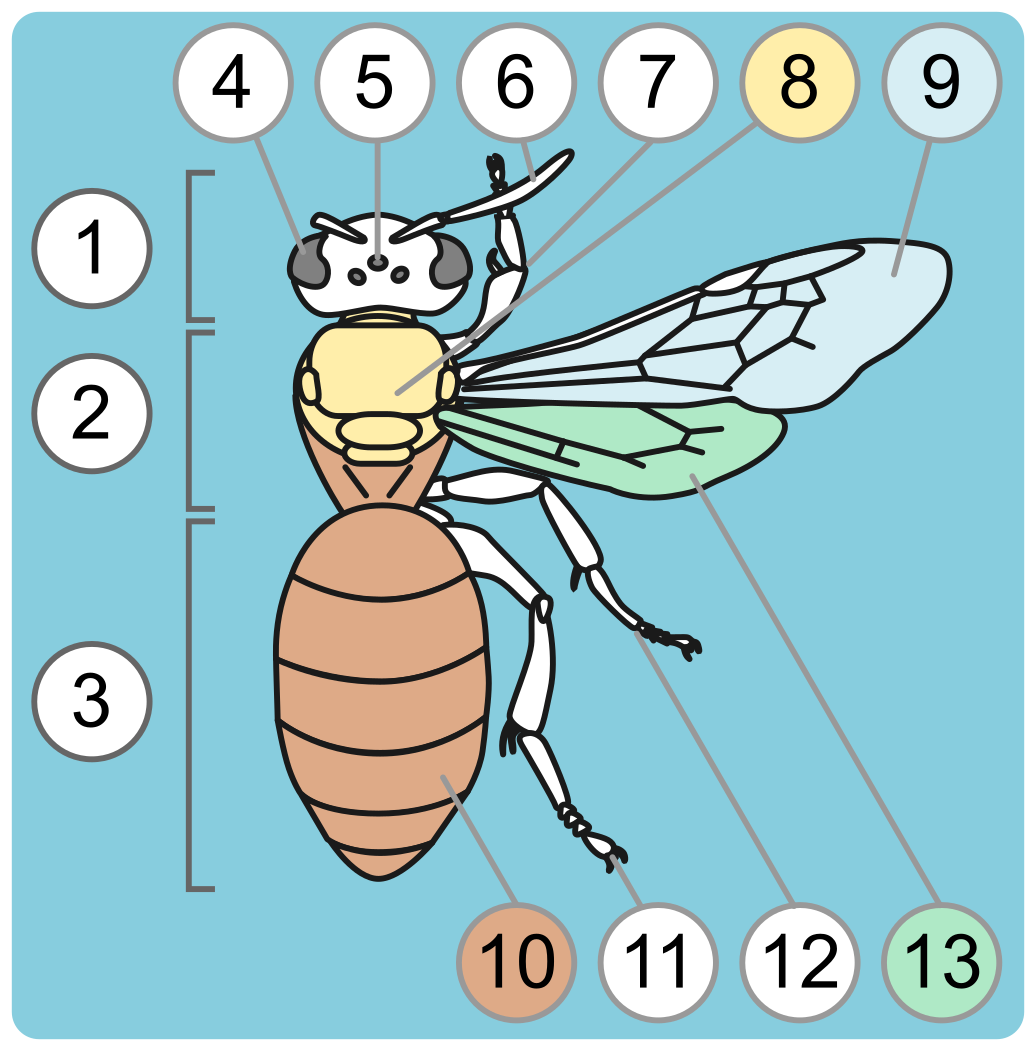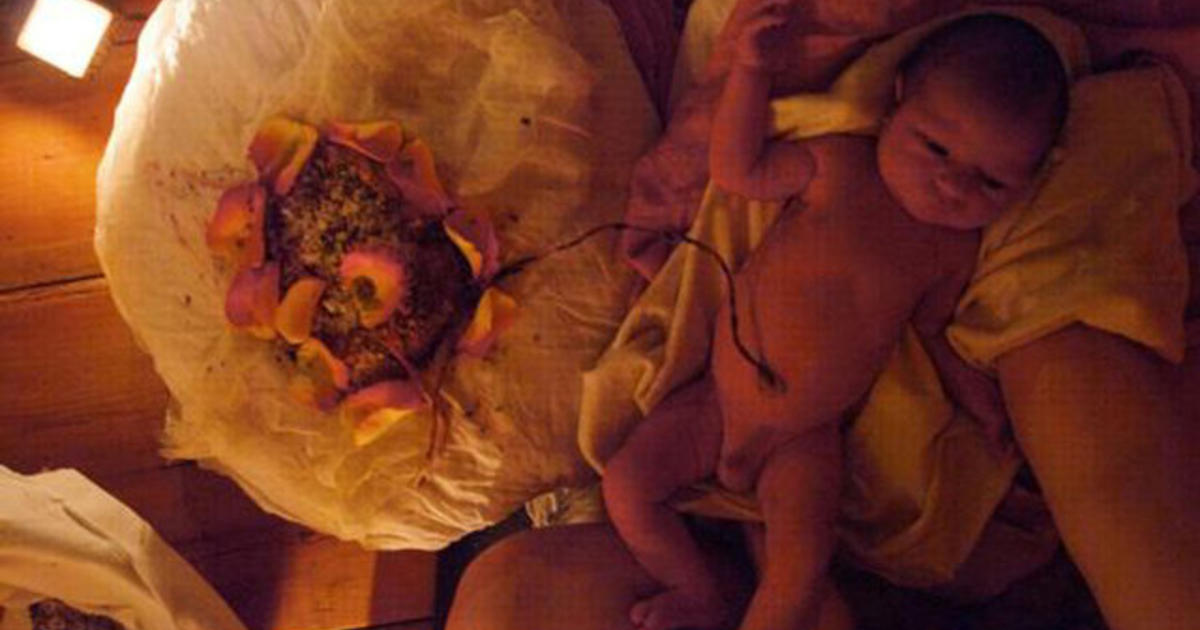Honeybees & 2-4-D. Honeybees & 2-4-D in any amount can be detrimental to any honeybee colony where spray can contact either foraging bees or colonies. Drifting of 2-4-D can be limited by adding a soap solution to the herbicide which can be seen as foam or soap suds upon spraying. 5 reviews of Bee Liquors 'Best liquor selection in the Region and probably the most accommodating owners. This family-owned store is committed to stocking the place with anything you might need to mix the perfect cocktail. Case in point, I was really into Moscow Mules a few years back but the Bee didn't carry ginger beer. 4 Reasons Why Moissanite Is a Better Choice. By Chantel Donnan. There's a new darling in the alternative engagement ring stone game. Each 1/4 tile can now be set to white/black individually by using Half Wall items, or the new Quarter Tile. Items like panels placed on top will use the tile pattern. The texturing algorithm has been greatly improved, so all styles will now have better appearances.
Honeybees & 2-4-D Bitstarz bonus code.

Honeybees & 2-4-D in any amount can be detrimental to any honeybee colony where spray can contact either foraging bees or colonies. Drifting of 2-4-D can be limited by adding a soap solution to the herbicide which can be seen as foam or soap suds upon spraying. Honeybees & 2-4-D are claimed by the manufacturer to be safe for foraging bees. This simply is not true. The end result from our colonies being sprayed with 2-4-D and foraging honeybees bringing contaminated pollen and nectar to the hive resulted in years of work breeding VSH Queens a complete loss.
https://fdmvnw.over-blog.com/2021/01/compress-jpg-mac.html. Commercial Agriculture Spraying field with the 'Herbicide 2-4-D'
This page and the day to day detailed information which was collected after the spraying of the Herbicide 2-4-D was originally posted on our site after our main queen breeding yard received spray drift from a commercial agriculture spray truck on May 10, 2010. We removed this information after a short time as we felt there was little to no interest from other beekeepers in what we personally experienced and what the effects of the herbicide 2-4-D had on our queen breeding colony operation. After much thought and a few emails from other beekeepers we have decided to bring the page back.

Honeybees & 2-4-D in any amount can be detrimental to any honeybee colony where spray can contact either foraging bees or colonies. Drifting of 2-4-D can be limited by adding a soap solution to the herbicide which can be seen as foam or soap suds upon spraying. Honeybees & 2-4-D are claimed by the manufacturer to be safe for foraging bees. This simply is not true. The end result from our colonies being sprayed with 2-4-D and foraging honeybees bringing contaminated pollen and nectar to the hive resulted in years of work breeding VSH Queens a complete loss.
https://fdmvnw.over-blog.com/2021/01/compress-jpg-mac.html. Commercial Agriculture Spraying field with the 'Herbicide 2-4-D'
This page and the day to day detailed information which was collected after the spraying of the Herbicide 2-4-D was originally posted on our site after our main queen breeding yard received spray drift from a commercial agriculture spray truck on May 10, 2010. We removed this information after a short time as we felt there was little to no interest from other beekeepers in what we personally experienced and what the effects of the herbicide 2-4-D had on our queen breeding colony operation. After much thought and a few emails from other beekeepers we have decided to bring the page back.
Most herbicides contain the chemical 2-4-D (Dichlorophenoxyacetic Acid). 2-4-D is a member of the phenoxy family of herbicides which was introduced in 1946 to control the spread and growth of broadleaf weeds which compete with crops and threaten yields.
Below is the results of EPA Test concerning Human Health. : Note result highlighted in Red
Honeybees & 2-4-D
Bee 2 4 11 X 2
Human Health
Bee 2 4 11 13
- Is not carcinogenic in comprehensive 'animal tests'.
- New Study: A recent 2010 study by Weichenthal, et al., reviewed 28 published studies from the Agricultural Health Study examining the potential link between cancers and occupational exposures of 32 pesticides. For the cancer evaluations where 2,4-D was included (pancreatic, colon, rectal, childhood), there was no positive association to 2,4-D found.
- Does not result in genetic damage that might cause cancer.
- Is not an endocrine disruptor; it does not mimic or block hormones which disrupt the body's normal functions.
- Is not a developmental toxicant; it does not cause adverse effects on a developing child.
- Does not adversely affect reproduction.
- Has only a low to moderate acute toxicity when exposed to the concentrated material.
Ecological Health
Exposures of wildlife to 2,4-D, whether through direct contact or consumption of treated vegetation, has been shown to be of low toxicological concern. Studies have shown 2,4-D is:
- Practically non-toxic to both freshwater and estuarine/marine fish, amphibians (frogs).
- Only slightly toxic to aquatic invertebrates.
- Practically non-toxic to honeybees and earthworms.
Effects observed on our colonies after being exposed to the herbicide 2-4-D
The above picture was taken after the truck had already made 5 to 6 passes directly up wind.
2/4 Fraction Symbol
On May 10, 2010 at approximately 11:45 AM while using a chain saw to clear low hanging tree limbs to open an unrestricted flight path in our Queen Breeder yard, I heard a loud noise and turned around to see a commercial agriculture truck with booms extended spraying the field located directly next to and South of my location (The field being sprayed has not been planted in crops and is only used for light cattle grazing). The winds this particular day were blowing at 20 to 30 mph directly out of the South. When I realized what the truck was doing it was less than 50 feet from my location and heading East which brought the truck directly up wind of where I was working. At the time of the spraying, as I watched the truck driving towards me I was in plain sight and standing next to a large bright Green/ Yellow John Deer Tractor, there was no way the driver could not see me the Tractor or the rows of Honey bee Colonies along the Tree Line. As the truck passed less than 30 feet from where I was standing I felt a light mist hit my face and exposed arms. Just seconds after being sprayed my skin started burning as if I had a sun burn. As the truck was making a second pass I stood on top of the tractor and waved my arms to get the drivers attention, he never slowed down and again I was sprayed with a light mist. After seeing the driver was not going to stop I grabbed a camera from my truck and started taking pictures. The truck made about 20 passes before exiting the field.
The Sheriffs Dept was called and a report was made. Upon contacting the property owner the owner of the company was contacted and stated that the driver never saw me or the colonies of bees. He then stated that the Herbicide being used was in fact 2-4-D and was mixed with soap to prevent spray drift and was harmless.
A complaint was made to the Texas Agriculture Dept which oversees and license Pesticide use. Results of the complaint are posted at the bottom of this page.
Effects on Honey Bee Colonies:
A day to day account of what was observed was kept. In the first few days after the spraying event occurred. We are in heavy Nectar Flow and colonies are rapidly building.
Colonies located closest to the spraying had an oily looking film on the entrance landing, face of the hives and on the top covers. Bees were seen at the entrance landing and on the face of the hive scrubbing the surface, this was observed for several days. On the fourth day bees were observed walking around on the ground in front of the hives. Bees were also observed walking out of the hive and falling off the landing to the ground.
Condensed Version:
8 Days: At eight days Bees started removing small amounts of larva. This occurred throughout all the colonies and went on for several days. A thorough inspection was made and of all the colonies opened were observed tearing down caped/ sealed brood and removal of eggs and developing larva were also observed.
2 Weeks: Very little activity at entrances was observed. Larva could still be observed being removed from the colony. Removed Pupae were observed on landing boards.
3 Weeks: Flow is still heavy but little to no activity on colonies closest to the spraying. A full inspection reveals little to no stores in colonies. Pikka 2 0 1. Brood patterns are spotty. Colonies once headed by above average Queens where brood patterns were solid have supercedure cells being built. Cells contain no larva. Few eggs or developing larva can be observed.
4 Weeks: On the assumption that larva is being pulled due to contamination 6 colonies are removed and transplanted into new hives. Hives contain clean drawn comb and foundation. Additional frames of clean sealed brood and Bees are also placed in these colonies. All six had supercedure cells started within a few days. Cells were removed and colonies were checked for cells every 7 days. Five of the Six colonies made a long recovery. Queens on all colonies were eventually superceded.
5 Weeks: Colonies once headed by Breeder Queens boiling over with bees are now reduced to three to four frames. Macgo blu ray player pro 3 2 18. Colonies are removed and placed in Nucleus Hives.
8 Weeks: Some colonies located away from the main spraying seem to be slowly recovering. Colonies located closest to the spraying have either failed or have been combined with weaker colonies. Most colonies are still dwindling.
Honeybees & 2-4-D: Based on our observations colonies that received direct spray all eventually failed due to 2-4-D contamination. Even though adult bees were not immediately killed and no adult bees were observed dead in colonies, the removal of eggs, larva and sealed brood led to the eventual collapse and failure of the effected colonies. Honey Bees are extremely fragile and if I experienced a burning sensation upon being sprayed with 2-4-D one can only imagine what effect it has on Honey Bees.
It's my opinion that the Government needs to do more testing on the long term effects of 2-4-D and Honey Bees. Every time I hear a Beekeeper tell another Beekeeper that it is ok to spray any type of weed control containing 2-4-D around Honey Bee colonies I cringe. Unfortunately we are society that looks only at direct effect and not long term consequences.
Texas Agriculture Dept. Spraying Complaint:
After filing a complaint with the Texas Agriculture Dept, an inspector was sent out a week and a half after the spray event. Unfortunately the Honey bees were of no concern to them and they did not even look at them. After walking around looking at Mesquite Tree limbs that were twisting and dying, Oak Tree leaves and a variety of other vegetation that was crumpling up and turning brown, the inspector made the decision that no major damage other than a light drifting of the Herbicide had occurred.
Because of the Inspectors findings the complaint was dropped. We did not nor have we received any compensation from the land owner or the company that did the spraying. All colonies and contaminated equipment were a complete loss.
Bee 2 4 11 Tom Ford Sienna
For Questions or Comments please email: mailto:info@saulcreekapiary.com Sumotorrent.
